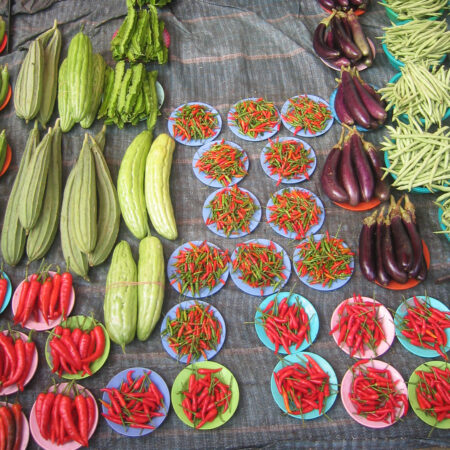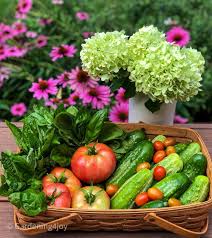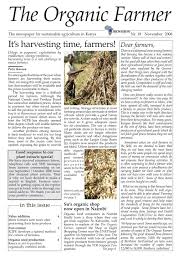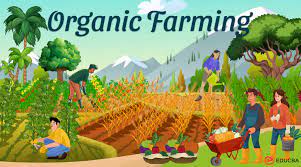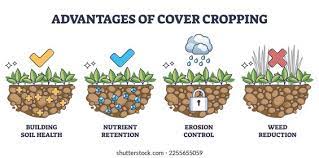
Organic farming cover crops are a fundamental component of sustainable agricultural practices that significantly enhance soil health, reduce erosion, and promote ecological balance. Cover crops, which are planted primarily to cover the soil rather than for harvest, play a crucial role in organic farming by improving soil structure, increasing nutrient availability, and suppressing weeds. The strategic use of cover crops aligns with the principles of organic farming, which emphasize the importance of maintaining and restoring soil health through natural methods.
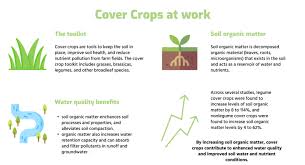
One of the primary benefits of organic farming cover crops is their ability to improve soil structure and prevent erosion. Planting cover crops helps to stabilize the soil with their root systems, reducing the risk of erosion caused by wind and water. This is particularly important in areas prone to soil degradation and runoff. The roots of cover crops create channels in the soil, which enhances water infiltration and reduces surface runoff. This not only helps in preventing soil erosion but also improves the soil’s ability to retain moisture, making it more resilient during periods of drought.
Another significant advantage of organic farming cover crops is their role in nutrient management. Certain cover crops, such as legumes, have the ability to fix atmospheric nitrogen into the soil, enriching it with this essential nutrient. Leguminous cover crops, like clover, vetch, and peas, form a symbiotic relationship with nitrogen-fixing bacteria in their root nodules. This process adds nitrogen to the soil, reducing the need for synthetic fertilizers and supporting the nutrient needs of subsequent crops. Non-leguminous cover crops, such as rye or buckwheat, also contribute to nutrient management by scavenging residual nutrients from the soil and preventing leaching.
In addition to improving soil fertility, organic farming cover crops play a critical role in weed suppression. The canopy created by cover crops shades the soil, preventing sunlight from reaching weed seeds and inhibiting their germination. This natural form of weed control reduces the need for mechanical weeding and herbicides, aligning with the organic farming principle of minimizing chemical inputs. Moreover, some cover crops, such as mustard or rye, release allelopathic compounds that further inhibit weed growth. This integrated approach to weed management helps maintain a healthier and more productive growing environment.
Cover crops also contribute to enhancing soil biodiversity and microbial activity. The organic matter left behind by decaying cover crops serves as a food source for soil organisms, including bacteria, fungi, and earthworms. These microorganisms play a vital role in breaking down organic matter, improving soil structure, and facilitating nutrient cycling. By promoting a diverse and active soil microbiome, cover crops help create a more balanced and fertile soil environment that supports healthy plant growth.
In organic farming, the selection of cover crops is tailored to specific goals and conditions. For example, deep-rooted cover crops like daikon radish can help break up compacted soil layers and improve soil aeration. On the other hand, shallow-rooted cover crops, such as oats or barley, are effective for enhancing surface soil structure and preventing erosion. The choice of cover crop species also depends on the local climate, soil type, and crop rotation plans. By carefully selecting and managing cover crops, farmers can optimize their benefits and address specific soil and agricultural challenges.



